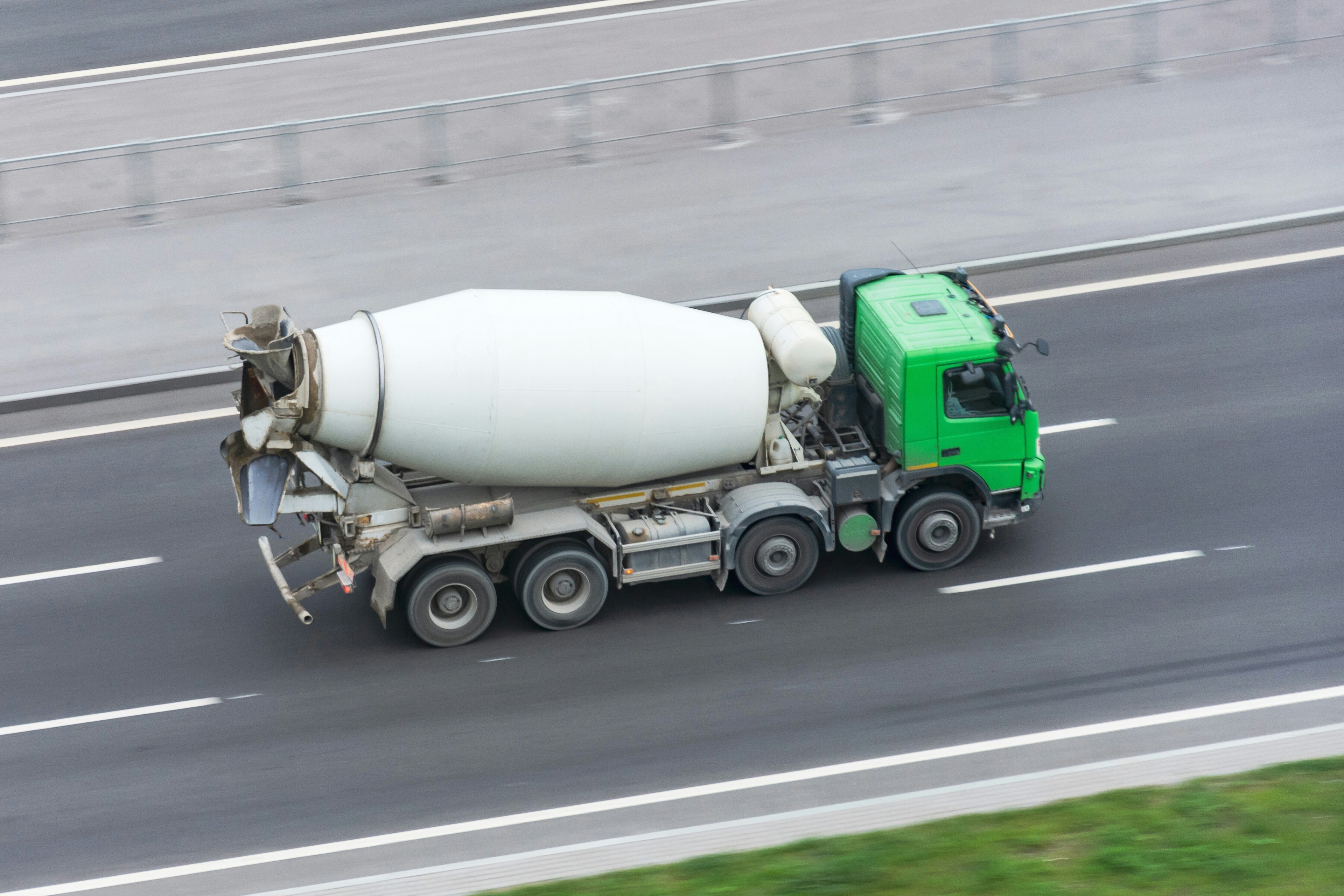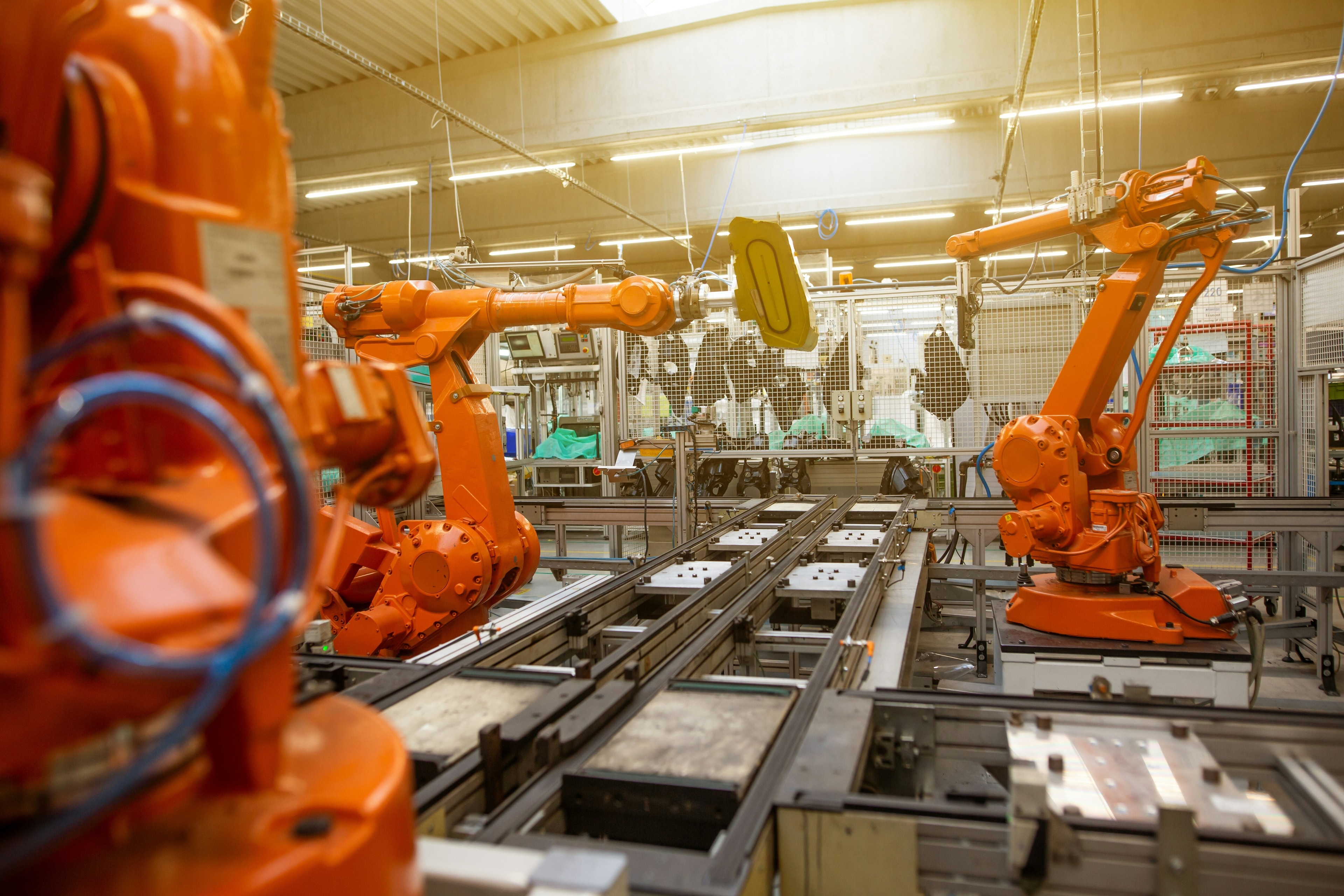Opinion
From source to stomach: How blockchain tracks food across the supply chain and saves lives
The blockchain can help grow more resilient food supply chains.
Image: Unsplash/Markus Spiske
Stay up to date:
Agriculture, Food and Beverage
- Blockchain technology can provide much-needed transparency and traceability across food supply chains.
- Widespread implementation of blockchain in the food industry will improve accessibility and quality of produce, ultimately saving lives.
- A blockchain-run food supply chain would also resolve issues around data privacy and security within the sector.
Efficiently run food supply chains can positively impact communities and lives across the globe. Real-time tracking supports sustainability, prevents food waste, and ensures compliance with environmental, social and governance (ESG) standards. Communication throughout the supply chain can help producers earn fair compensation for their efforts. Ultimately, being able to track food from source to stomach improves the health and wellness of communities everywhere.
Conversely, companies taking a traditional approach to food supply chain management face challenges to efficiency, security and transparency. The consequences can be dire, from food waste to death by contamination.
There is a solution that can not only improve food supply chain management, but also increase the quality of life for everyone around the globe. Blockchain technology can provide much-needed transparency, traceability and privacy, as well as co-ordination across disparate parties, enabling greater food access and quality improvements across the global supply chain.
Food supply chain challenges
One company that has felt the challenges of today's approach to supply chain management is Silal. Despite being an established player in the agritech space known for its commitment to quality and freshness, Silal Fresh, the fresh produce division of Silal, had trouble tracing its products across their supply chain. Gaps in traceability may pose challenges to food safety in terms of identifying where issues regarding food quality originated.
Traceability issues aren't the only challenges food suppliers and retailers face today. Other hurdles to better food quality and delivery include:
Lack of communication: Even though goods pass from touchpoint to touchpoint along a supply chain, there's often a lack of communication between them. In fact, 45% of supply chain leaders only have visibility to their first-tier suppliers or no visibility at all, and only 7% have multi-tier transparency. This results in a lack of supply-chain resiliency, making it hard for retailers to anticipate disruptions simply because they don't know they're coming. It also results in an inability to efficiently track and trace items in real time, as well as difficulty in proving the provenance of goods. A lack of tracking results in a lack of quality assurance, as well as the inability for thorough compliance reporting. Finally, a lack of communication can result in a lack of access to financing for upstream suppliers who remain cut off from downstream financiers.
Lack of privacy: Across today's supply chain, there's a lack of symmetry when it comes to information-sharing. Upstream suppliers will be more likely to withhold information about their operations, pricing and sourcing to keep a competitive advantage. However, downstream retailers want to know this information about their products and goods. Unfortunately, legacy data management tools often lack the ability for such granular control over information-sharing.
Lack of security: Another supply chain challenge is keeping the system secure, especially when centralized servers are vulnerable to attacks that can easily impact the entire supply chain. Third-party vendor risk is an increasing challenge today, with at least 56% of cybersecurity incidents happening in the supply chain.
How blockchain nourishes supply chains
How did Silal Fresh transform its approach to supply chain management? Recognizing the need for a better solution to provide the transparency and traceability they needed, Silal Fresh turned to the blockchain. Integrated into blockchain-based management system, supply chain providers record every touchpoint of a good or product into the ledger, so everyone across the chain can gain a clear view of that good's journey.
Built on a blockchain backend, Silal Fresh adopted a comprehensive traceability solution that utilizes consumer apps, a web-based dashboard, and integration with existing supply chain management systems. This significantly improved identifying and flagging delays in their deliveries, as well as increased satisfaction, trust and brand loyalty. They even added tracking to each piece of produce so that a consumer could pick up a vegetable, scan a QR code, and see that food item's journey.
Silal Fresh isn’t the only company that recognizes the power of blockchain solutions: 86% of supply chain leaders believe they offer a competitive advantage, according to our State of Blockchain Transformation: Supply Chain report.
Blockchain also allows supply chain participants to create a network, with each participant as a node. This can provide that granular information-sharing missing from today's legacy systems. For example, universal permissions can be granted for data that supports sustainability measures and can be restricted for sensitive data around distributor costs. Its distributed nature also enhances the security of that supply chain as well.
Ultimately, increased transparency and traceability can save lives. Almost one in 10 people get sick due to food-borne disease worldwide each year, and close to half a million die. Yet with improved traceability, food recalls can happen faster, and the source of contamination can be determined quicker. As much as one-third of all food produced globally ends up abandoned – yet improved management of the food supply chain can result in less waste and more food available for consumption.
Efficiently run food supply chains positively impact communities and lives across the globe, and blockchain is the technology that will help food suppliers and retailers achieve that goal. With its ability to track products and materials from the point of origin with real-time updates in its immutable ledger, blockchain increases transparency in the supply chain, makes payments more streamlined, tracks compliance and improves reporting. By changing the way we record and access data, we can change food access and quality for the better for today's global citizens and tomorrow's too.
Accept our marketing cookies to access this content.
These cookies are currently disabled in your browser.
Don't miss any update on this topic
Create a free account and access your personalized content collection with our latest publications and analyses.
License and Republishing
World Economic Forum articles may be republished in accordance with the Creative Commons Attribution-NonCommercial-NoDerivatives 4.0 International Public License, and in accordance with our Terms of Use.
The views expressed in this article are those of the author alone and not the World Economic Forum.
Related topics:
Forum Stories newsletter
Bringing you weekly curated insights and analysis on the global issues that matter.
More on Industries in DepthSee all
Eneida Licaj and Genevieve Sherman
September 10, 2025
Benedikt Gieger and Christian Busch
September 3, 2025
Spencer Feingold
August 18, 2025
Giorgio Parolini
July 7, 2025
Ibrahim Odeh and Oliver Tsai
July 2, 2025







